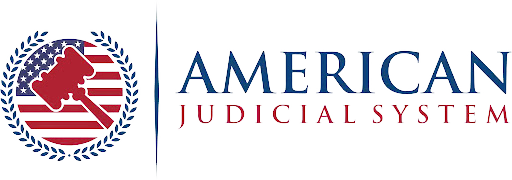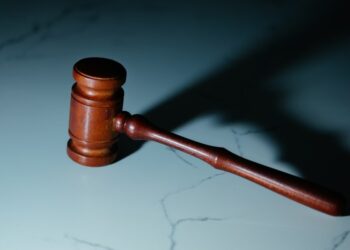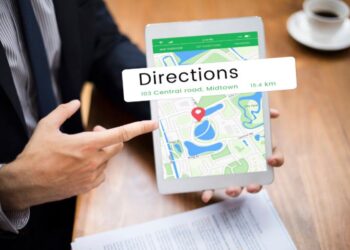Austin’s unpredictable weather patterns create unique challenges for drivers on the city’s roadways. From sudden downspouts that transform dry pavement into slick hazards to rare but treacherous ice storms, weather conditions significantly influence both accident frequency and the complex legal determinations that follow. Understanding how meteorological factors impact liability assessments is crucial for anyone involved in weather-related collisions.
Common Weather Conditions Affecting Austin Roads
Rain and Wet Weather Create Slippery Roads
Austin’s intense rainfall events pose substantial risks to motorists, dramatically reducing vehicle control and visibility within seconds. Wet pavement decreases tire traction, making sudden stops and directional changes extremely hazardous. Hydroplaning becomes a significant threat when vehicles encounter standing water, causing drivers to lose complete control as tires lose contact with the road surface. These conditions create scenarios where even experienced drivers struggle to maintain safe vehicle operation.
Fog and Reduced Visibility
Dense fog conditions frequently blanket Austin roadways, particularly during early morning hours and after rainfall. Limited visibility severely compromises drivers’ ability to identify potential hazards, traffic signals, and other vehicles until dangerously close proximity.
Ice and Unexpected Freezing Conditions
While uncommon, Austin’s winter ice storms create exceptionally dangerous driving conditions that catch many residents unprepared. Black ice formation on bridges and overpasses eliminates virtually all tire traction, making braking and steering ineffective. These rare weather events often result in multiple-vehicle accidents as drivers accustomed to mild Texas winters lack experience navigating icy road surfaces.
Legal Complexities in Weather-Related Car Accidents
Determining Fault When Weather Plays a Role
Weather-related accident liability involves complex analyses of shared responsibility versus sole negligence determinations. Courts examine whether drivers adequately adjusted their behavior to match prevailing conditions, considering factors like reduced speed, increased following distance, and appropriate vehicle equipment. Legal precedent establishes that adverse weather doesn’t excuse drivers from their duty to operate vehicles safely within existing environmental constraints.
Expert Witnesses in Weather Related Car Accident Claims
Accident reconstruction specialists and meteorological experts provide crucial testimony in weather-related cases, analyzing detailed weather data, road conditions, and vehicle dynamics at accident times. These professionals help establish causation lines between specific weather conditions and accident outcomes, often determining whether environmental factors were primary contributors or merely background circumstances in collision scenarios.
Strategies Insurance Companies Use During Bad Weather Accidents
Insurance adjusters frequently use adverse weather conditions as primary accident causes to minimize liability settlements and challenge negligence claims. Companies argue that weather is unforeseeable circumstances that are beyond a driver’s control, requiring a skilled car accident lawyer in Austin to demonstrate that driver negligence, rather than environmental conditions, caused the accident and resulting damages.
Adverse Weather Accidents Require Specialized Representation
Weather conditions undeniably complicate liability assessments in Austin car accidents, creating multilayered legal challenges that require sophisticated analysis and expert testimony. Understanding these nuances helps accident victims recognize the importance of thorough case preparation and professional legal representation. Weather induced collision cases require specialized knowledge of both meteorological factors and Texas liability law, making qualified legal counsel essential for achieving favorable outcomes in these complex scenarios.










